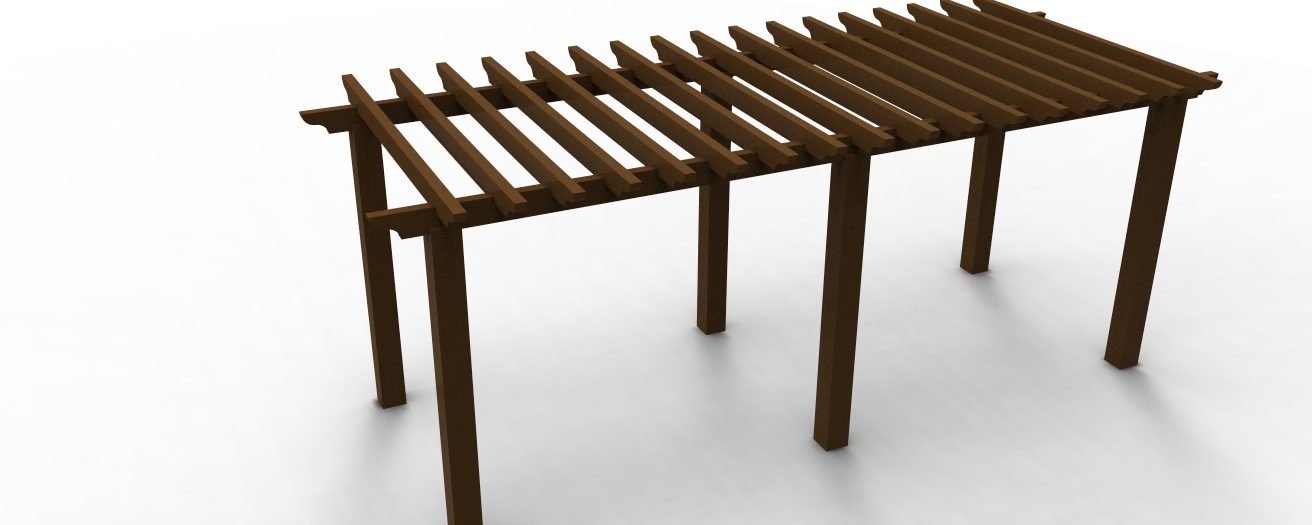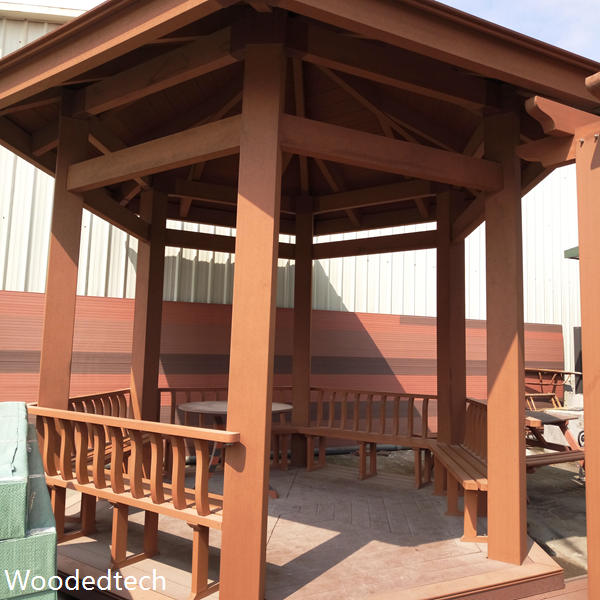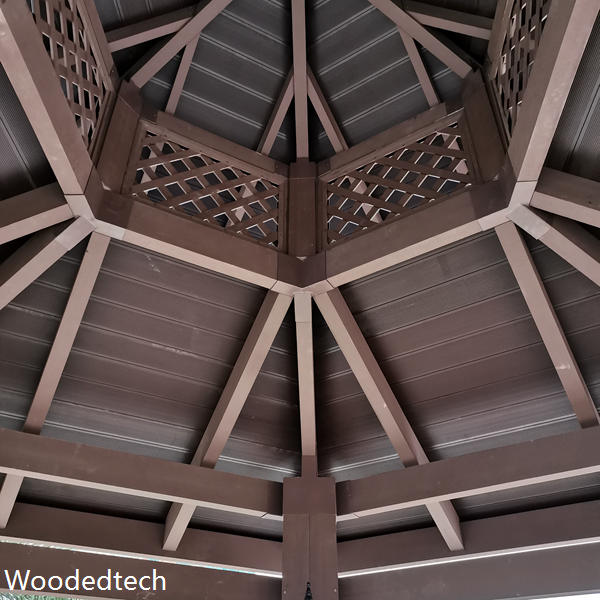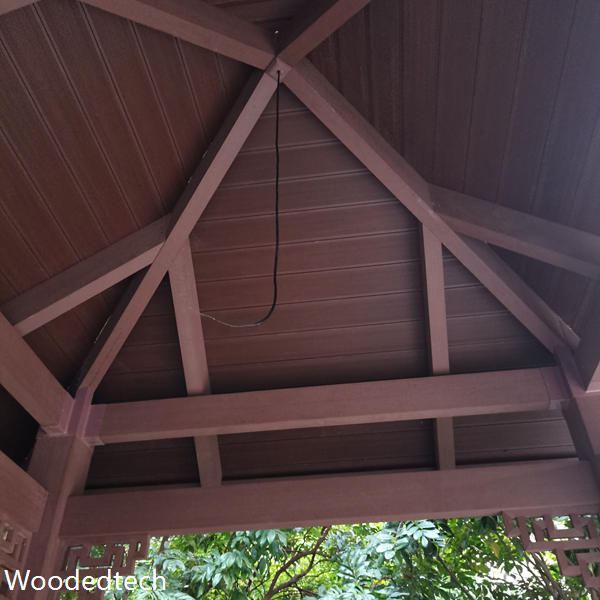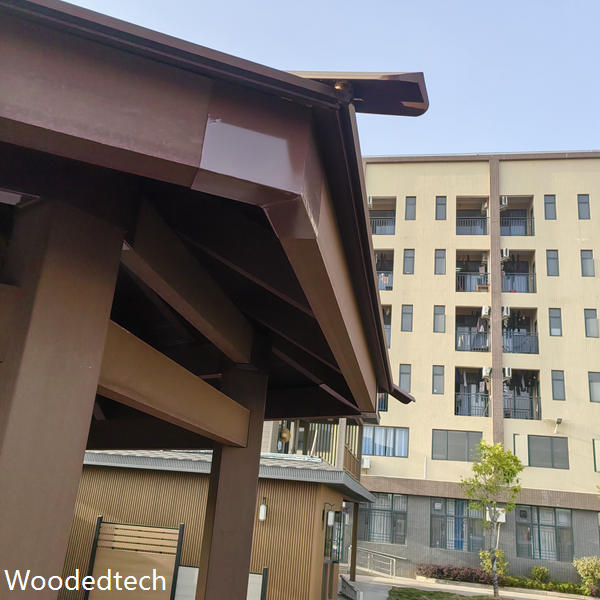Understanding Plastic Composite Thermal Movement in Lattice Structures
In recent years, the use of plastic composites in lattice structures has gained significant popularity across various industries. These materials offer a unique combination of lightweight properties, high strength, and resistance to environmental factors, making them ideal candidates for applications in fields such as construction, automotive, aerospace, and even consumer products. However, as the market for these innovative materials expands, it becomes increasingly crucial to understand the thermal movement of plastic composites within lattice structures. This understanding not only aids in optimizing design and performance but also plays a vital role in ensuring the longevity and reliability of these structures.
Lattice structures are characterized by their interconnected framework, which provides exceptional strength-to-weight ratios. This geometry is particularly advantageous for applications where minimizing weight is essential without compromising structural integrity. When plastic composites are integrated into these lattice designs, they can significantly enhance performance, especially in environments subject to temperature fluctuations. However, the thermal movement of these materials can introduce challenges that must be addressed during the design phase.
Thermal expansion and contraction are natural phenomena that occur in all materials, and plastic composites are no exception. When exposed to varying temperatures, these materials can expand or contract, leading to potential issues such as warping, cracking, or even structural failure. Therefore, understanding how thermal movement affects lattice structures made from plastic composites is essential for engineers and designers working in this space.
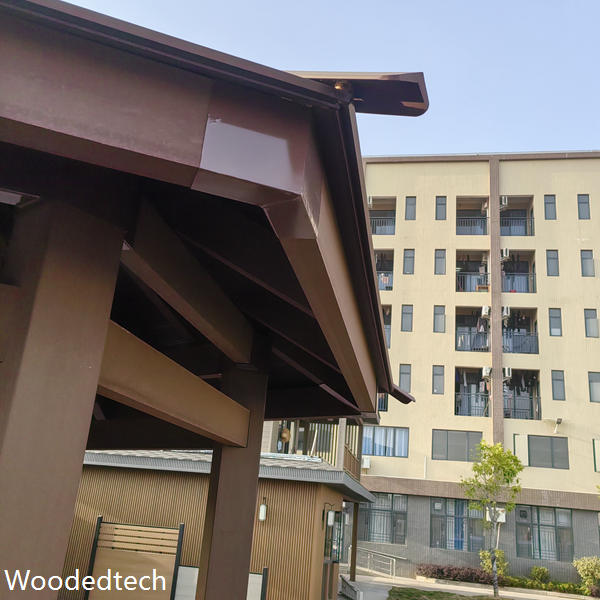
One of the key factors influencing thermal movement in plastic composites is the coefficient of thermal expansion (CTE). Different plastic composites possess varying CTE values, which determine the extent to which a material will expand or contract in response to temperature changes. Designers must take these values into account when selecting materials for lattice structures, ensuring that the chosen composite will behave predictably under expected thermal conditions. This careful consideration helps mitigate risks associated with thermal movement.
The geometry of the lattice structure also plays a crucial role in how thermal movement manifests. The interconnected nature of these designs means that thermal expansion in one part of the structure can affect adjacent components. Thus, understanding the overall behavior of the lattice as a system is vital. Advanced modeling techniques and simulations can be employed to predict how a given lattice structure will respond to thermal changes, allowing engineers to make informed decisions during the design process.
The integration of advanced materials and manufacturing techniques has also contributed to the growing popularity of plastic composites in lattice structures. For instance, additive manufacturing, or 3D printing, enables the creation of complex lattice geometries that were previously impossible to achieve. This technology allows for greater design flexibility and optimization, but it also necessitates a deeper understanding of how thermal movement will impact these intricate structures. As the industry continues to evolve, the ability to analyze and adapt to thermal movement will be a critical factor in the successful application of plastic composites.
Moreover, the application of plastic composites in lattice structures extends beyond traditional industries. The rise of consumer products that leverage these materials has opened new opportunities for innovation. From lightweight sporting equipment to aesthetically pleasing furniture, the versatility of plastic composites has captured the attention of designers and manufacturers alike. However, as these products are often used in diverse environments with varying temperatures, understanding thermal movement becomes essential for ensuring durability and customer satisfaction.
In the automotive sector, for example, lightweight lattice structures made from plastic composites can contribute to improved fuel efficiency and reduced emissions. Nevertheless, vehicles are subject to extreme temperature variations, from scorching heat to freezing cold. Engineers must ensure that the lattice structures can withstand these conditions without compromising performance. By understanding the thermal behavior of the materials involved, automotive manufacturers can design components that not only meet safety standards but also enhance vehicle longevity.
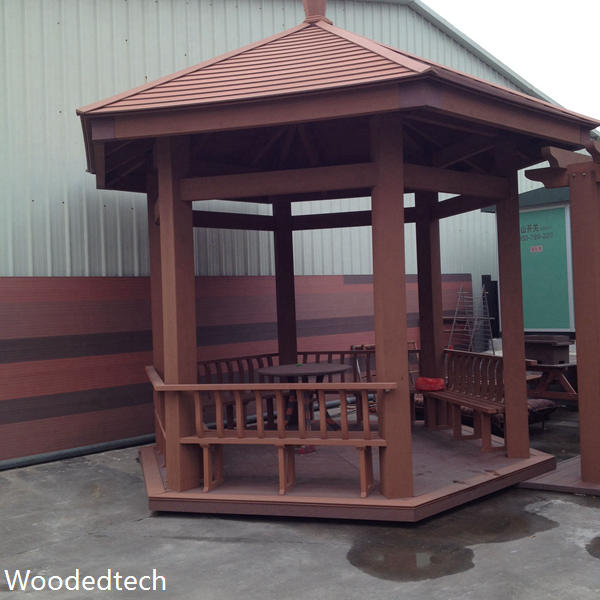
The aerospace industry also benefits from the unique properties of plastic composites in lattice structures. Here, weight savings are paramount, as even a small reduction in weight can lead to significant fuel savings over time. However, the high-altitude environment of aerospace applications presents challenges in terms of temperature fluctuations. Understanding how thermal movement affects lattice structures made from plastic composites is critical for ensuring the safety and reliability of aerospace components.
As the market for plastic composites in lattice structures continues to grow, ongoing research and development will be essential for addressing the challenges associated with thermal movement. Innovations in material science, coupled with advancements in computational modeling and simulation techniques, will empower engineers and designers to create more effective and resilient lattice structures. By fostering a deeper understanding of how thermal movement impacts these materials, the industry can continue to push the boundaries of what is possible, leading to even more innovative applications in the future.
The increasing adoption of plastic composites in lattice structures represents a significant advancement in material technology. As industries seek out lightweight and durable solutions, the importance of understanding thermal movement cannot be overstated. By prioritizing research and education in this area, companies can ensure that they are well-equipped to meet the demands of a rapidly evolving market while providing safe and reliable products to consumers. The future of lattice structures lies in the careful consideration of thermal dynamics, paving the way for a new era of innovation in plastic composites.
